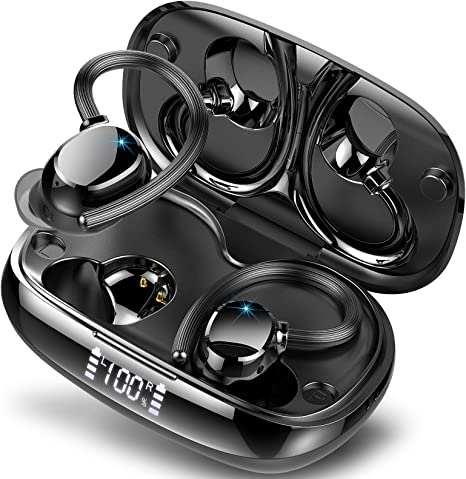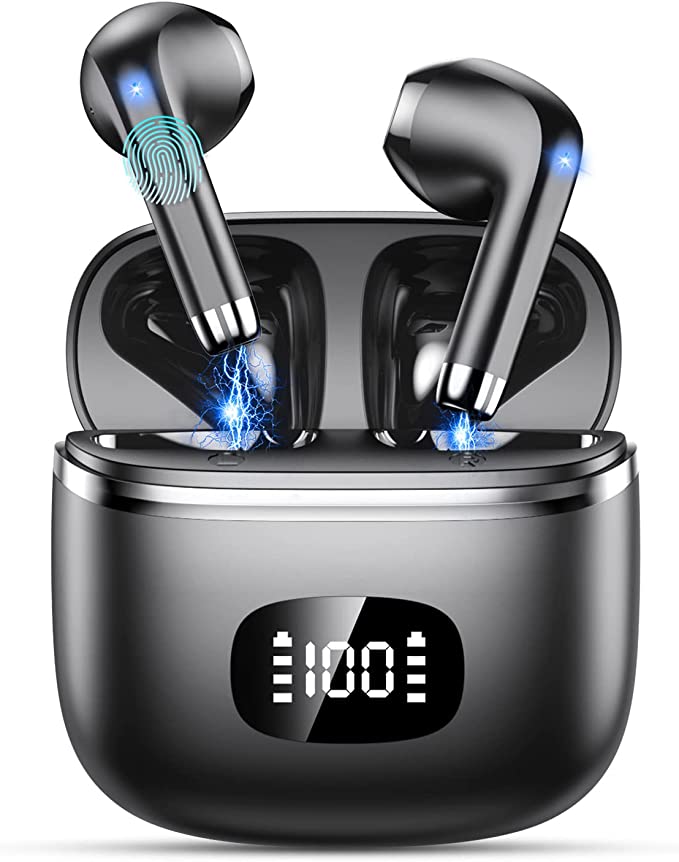The Physics of a Lake Breeze: Decoding the Honeywell TC30PEU Evaporative Cooler
Update on Nov. 27, 2025, 4:55 p.m.
In the sweltering heat of summer, we instinctively seek the water. A breeze off a lake feels significantly cooler than the ambient air. This is not a trick of the mind; it is the Latent Heat of Vaporization.
The Honeywell TC30PEU is an appliance designed to mechanize this natural phenomenon. Often mislabeled as an “air conditioner,” it is more accurately a Thermal Exchange System driven by water. To understand its utility—and avoid the disappointment of buying the wrong tool—we must dissect the physics of Phase Change and the geography of Relative Humidity.

The Thermodynamics: It Does Not Create Cold
An air conditioner uses a compressor and refrigerant to pump heat out of a room. An evaporative cooler (or swamp cooler) uses water to absorb heat from the air. * The Phase Change: When water transforms from liquid to vapor, it requires energy. It steals this energy (heat) from the air passing through it. * The Result: The air exiting the Honeywell TC30PEU is cooler and more humid than the air entering it. It effectively trades Sensible Heat (temperature) for Latent Heat (humidity). This process consumes a fraction of the electricity of an AC unit because there is no energy-hungry compressor—only a fan and a pump.
The Honeycomb Engine: Surface Area Matters
The core of the TC30PEU is its Honeycomb Cooling Media. Why honeycomb? * Surface Area Maximization: The hexagonal structure creates a massive surface area within a compact volume. This ensures that the 700 CFM (Cubic Feet per Minute) of air generated by the fan has maximum contact exposure to the water. * Retention: The geometry holds water against gravity, keeping the media saturated for longer, ensuring consistent evaporation rates.

The Open Window Paradox: Ventilation is Fuel
AC units require a sealed room to work. Evaporative coolers require the exact opposite. * Saturation Limit: As the cooler adds humidity, the air eventually reaches saturation (100% humidity). At this point, evaporation stops, and cooling ceases. The room becomes a sauna. * Cross-Ventilation: To maintain the phase change, you must constantly exhaust the humid air and bring in fresh, dry air. Placing the TC30PEU near an open window or door is not a suggestion; it is a physical requirement for the thermodynamic cycle to function.
Geography is Destiny: The Humidity Map
This device is not universally effective. Its performance is inversely proportional to the Relative Humidity (RH) of your environment. * The Sweet Spot: In arid climates (Southwest US) with RH below 45%, it can drop temperatures by 15-20°F. * The Failure Point: In humid climates (Gulf Coast) with RH above 70%, the air cannot absorb more moisture. The cooling effect becomes negligible. The map below is not just marketing; it is a feasibility study.

Winter Utility: The Humidifier Mode
While sold as a cooler, the TC30PEU arguably shines brightest in winter. Cold air holds less moisture, leading to dry skin and static.
By running the unit in heating season (without the expectation of cooling), it acts as a massive, whole-room Honeywell humidifier. It restores indoor humidity levels efficiently, leveraging its high-CFM fan to distribute moisture far more effectively than small ultrasonic mist units.
Conclusion: Know Your Environment
The Honeywell TC30PEU is a brilliant application of simple physics. It offers powerful, eco-friendly cooling for the right user in the right climate. However, it demands an informed consumer. If you live in a swamp, do not buy a swamp cooler. If you live in the desert, it is the most efficient comfort machine you can own.











